Sourcing Native Ingredients Challenges for Urban Chefs
9 min read Exploring the complexities urban chefs face sourcing authentic native Australian ingredients amid preservation and sustainability challenges. June 23, 2025 00:05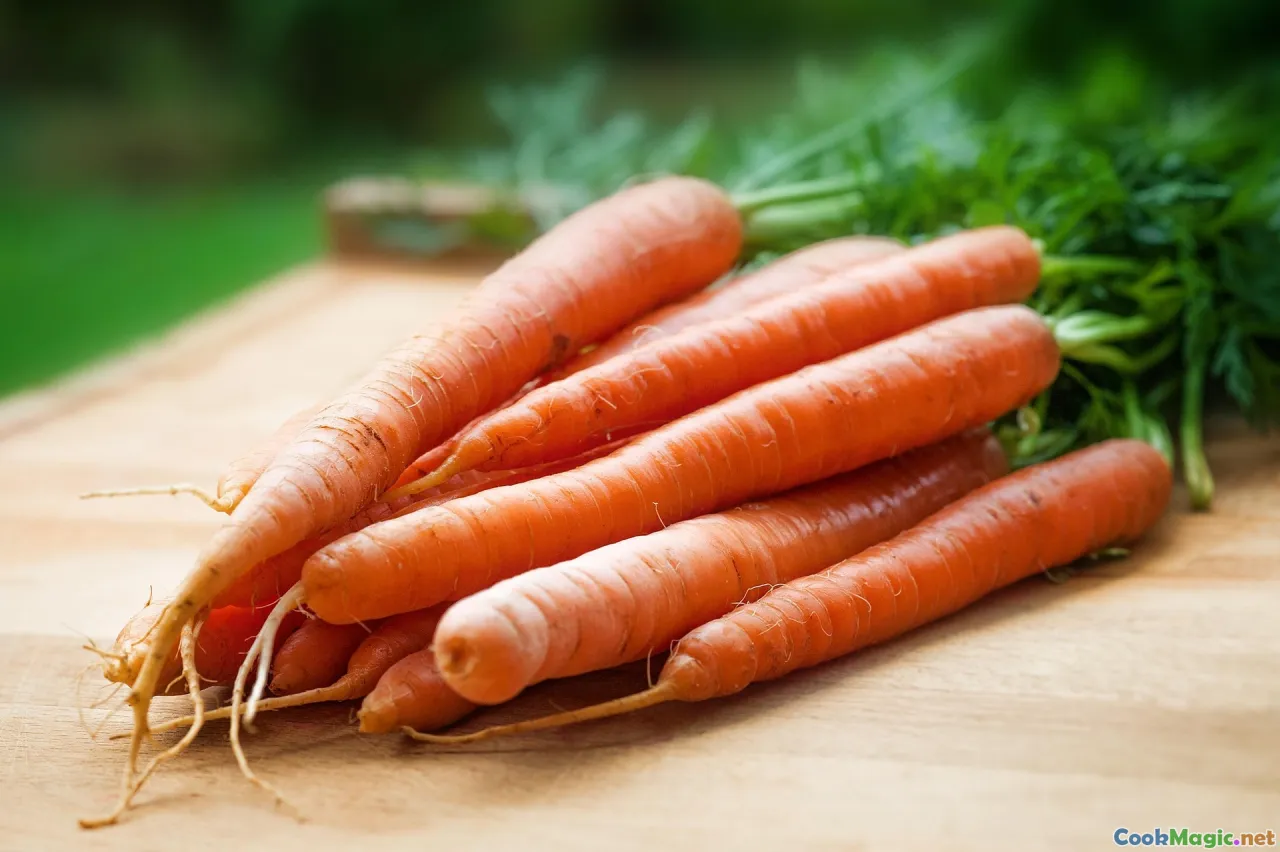
The Emergence of Native Ingredients in Urban Australian Cuisine
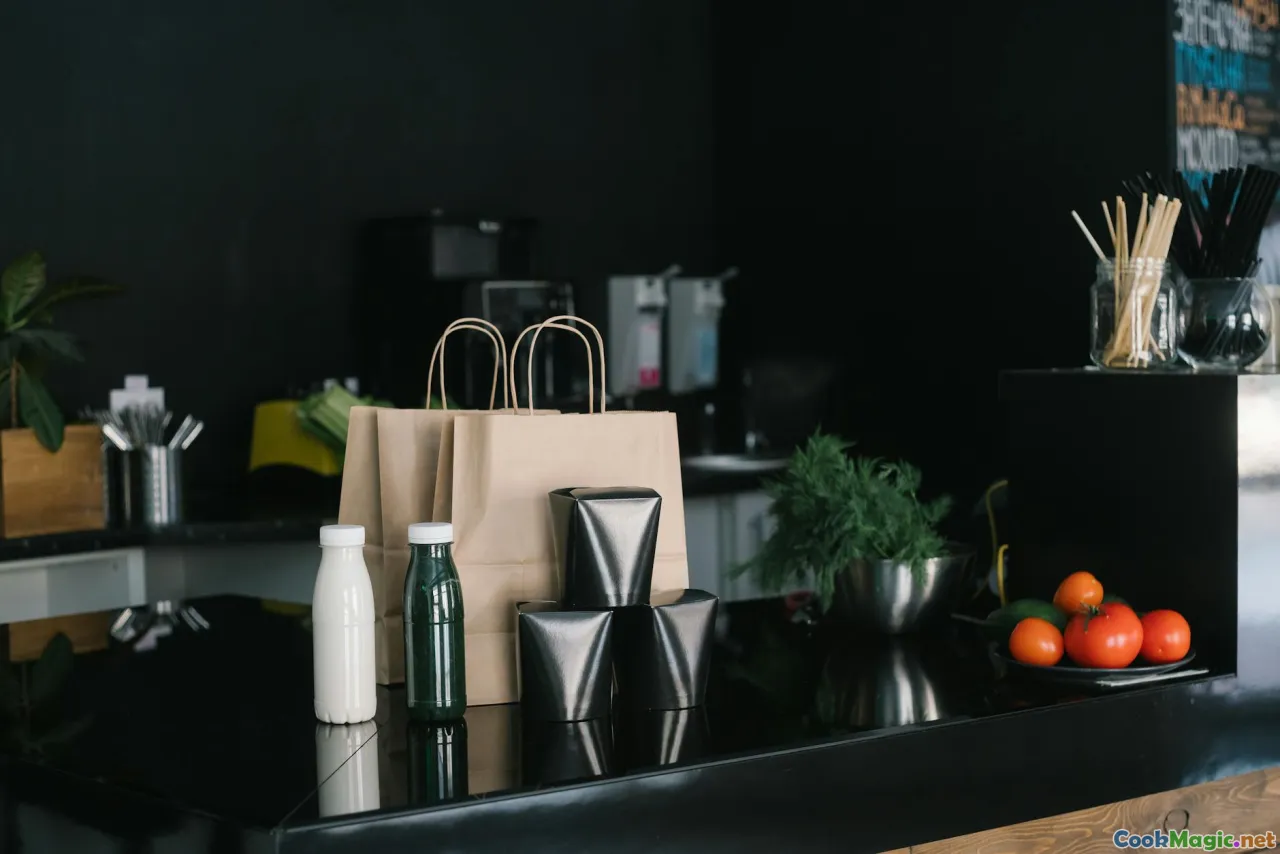
In the heart of bustling Australian cities like Sydney and Melbourne, a quiet revolution is underway—an awakening to the rich, complex flavors of native ingredients that once thrived solely in the wild outback or coastal regions. For urban chefs eager to reconnect with Australia's heritage, sourcing these indigenous elements represents more than culinary innovation; it’s a cultural renaissance, a way to preserve and honor ancient traditions. Yet, amidst the vibrant urban jungle, accessing these native treasures presents a labyrinth of challenges that test even the most dedicated chefs.
Imagine the scent of salt bush and wattleseed wafting through a downtown restaurant as a chef plates a modern take on a kangaroo tataki that highlights the earthy, nutty notes of wild botanicals alongside a delicate drizzle of bush plum-on-yi. It’s this sensory journey—embodying Australia’s landscapes, history, and Indigenous wisdom—that makes sourcing native ingredients so compelling yet complex.
Cultural Significance and the Weight of Preservation

Australian Indigenous food traditions are among the world’s oldest continuous culinary practices, with languages, stories, and recipes intricately tied to the land itself. Chefs today are increasingly motivated by a desire not just for novelty but to pay homage and foster understanding of this cultural heritage. However, sourcing native ingredients authentically and ethically requires sensitivity.
For example, finger lime—a small, caviar-like citrus with a burst of tartness—has become a sought-after ingredient in fine dining. Originally harvested by Indigenous communities, it is now a symbol of cultural exchange but also a source of controversy when commercial interests overlook indigenous rights. Authentic sourcing means collaborating directly with Indigenous landowners, who see these ingredients as more than commodities; they are spiritual links to their ancestors.
Challenges in Sourcing Native Ingredients
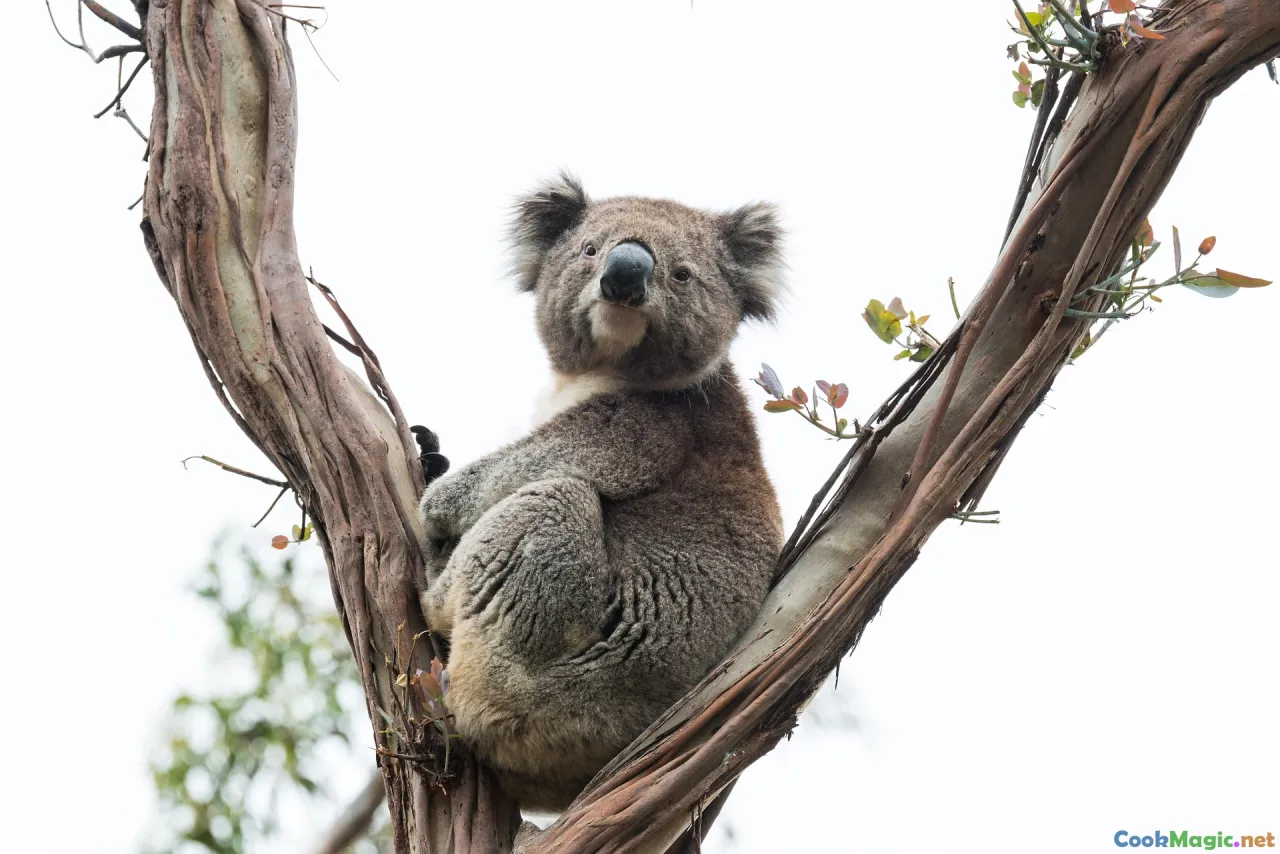
1. Limited Availability and Seasonal ConstraintsThe first major hurdle is availability. Many native ingredients are seasonal, sporadically harvested in the wild, and sensitive to ecological changes. Foragers must work in tune with nature’s cycles—aboriginal bush tucker, such as wattleseed, is only harvestable during specific times of the year, constrained further by climate variability.2. Regulatory and Ethical BarriersAustralian law around native food harvesting is complex, designed to protect biodiversity and respect indigenous rights. Permission must often be secured from landowners or Indigenous communities, and compliance with regional regulations can be bureaucratic and time-consuming. Unauthorized harvesting, whether accidental or deliberate, has led to conflicts and environmental damage.3. Supply Chain and LogisticsTransporting delicate native ingredients from remote areas to urban kitchens introduces logistical nightmares—how to preserve freshness? Wattleseed, for instance, must be sun-dried and stored properly to maintain its nutty aroma, but once it leaves its native habitat, flavor can diminish rapidly.4. Knowledge and Expertise Understanding how to identify, sustainably harvest, and handle native ingredients requires specialized knowledge. Many urban chefs lack the botanical expertise necessary to differentiate edible from potentially toxic native plants or to forage ethically.
Real-World Examples and Innovative Solutions
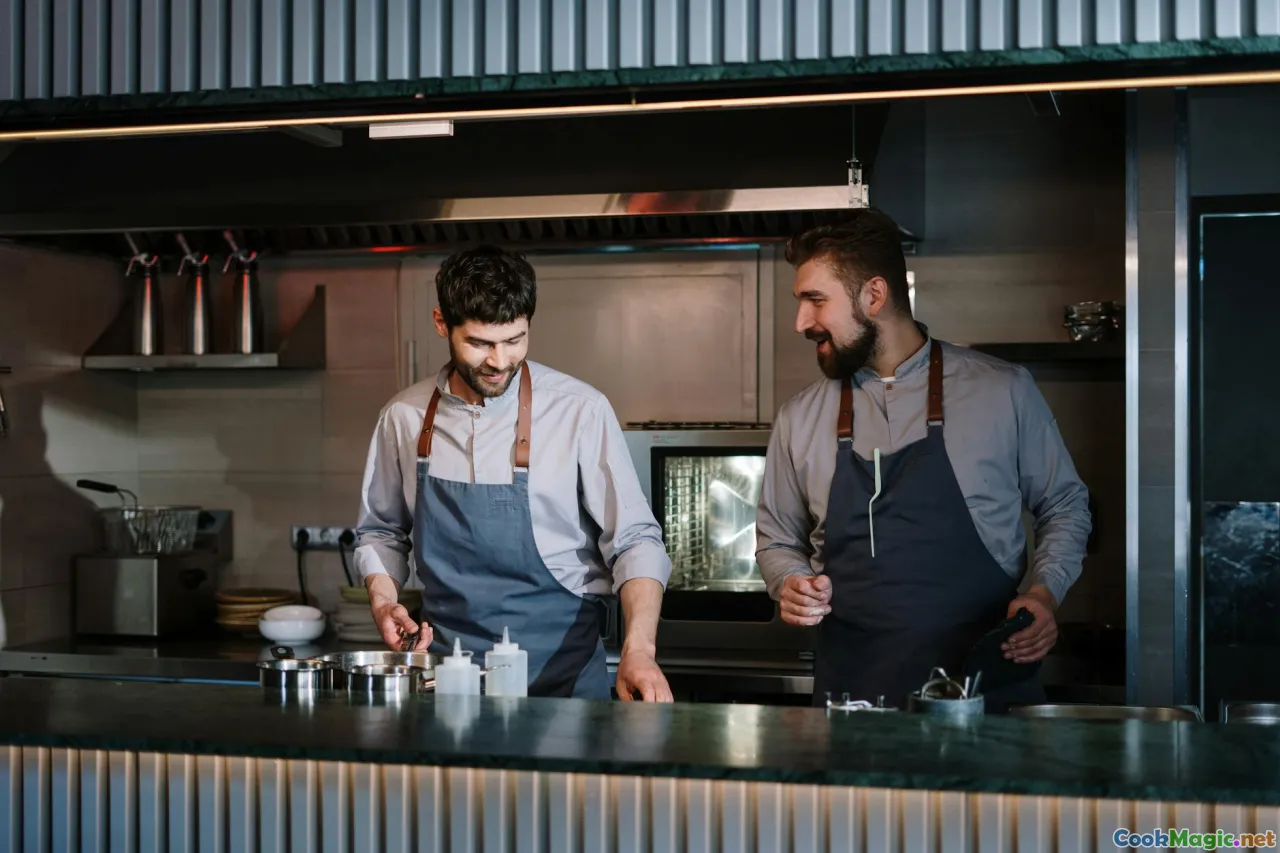 **Collaborative Initiatives**: Places like Garma Festival and the Aboriginal Culinary Institute in Queensland actively promote partnerships between chefs and Indigenous communities. Chefs like Jock Zonfrillo, whose Orana restaurant in Adelaide, champions native ingredients through collaborations that prioritize sustainability and cultural respect.**Farm-to-Table Native Gardens**: Some urban restaurants have started their own native gardens, cultivating wattleseed, desert lime, and Anzac apples. These controlled environments mitigate many supply issues, offering consistent quality while maintaining ecological balance.
**Collaborative Initiatives**: Places like Garma Festival and the Aboriginal Culinary Institute in Queensland actively promote partnerships between chefs and Indigenous communities. Chefs like Jock Zonfrillo, whose Orana restaurant in Adelaide, champions native ingredients through collaborations that prioritize sustainability and cultural respect.**Farm-to-Table Native Gardens**: Some urban restaurants have started their own native gardens, cultivating wattleseed, desert lime, and Anzac apples. These controlled environments mitigate many supply issues, offering consistent quality while maintaining ecological balance.
Innovative Preservation Methods: Chefs have experimented with freeze-drying and infusion techniques to extend the shelf life and flavor integrity of native ingredients. For example, Wattleseed can be roasted and ground and stored as a powder to flavor everything from bread to sorbets.
Integrating Indigenous Perspectives into Urban Cuisine
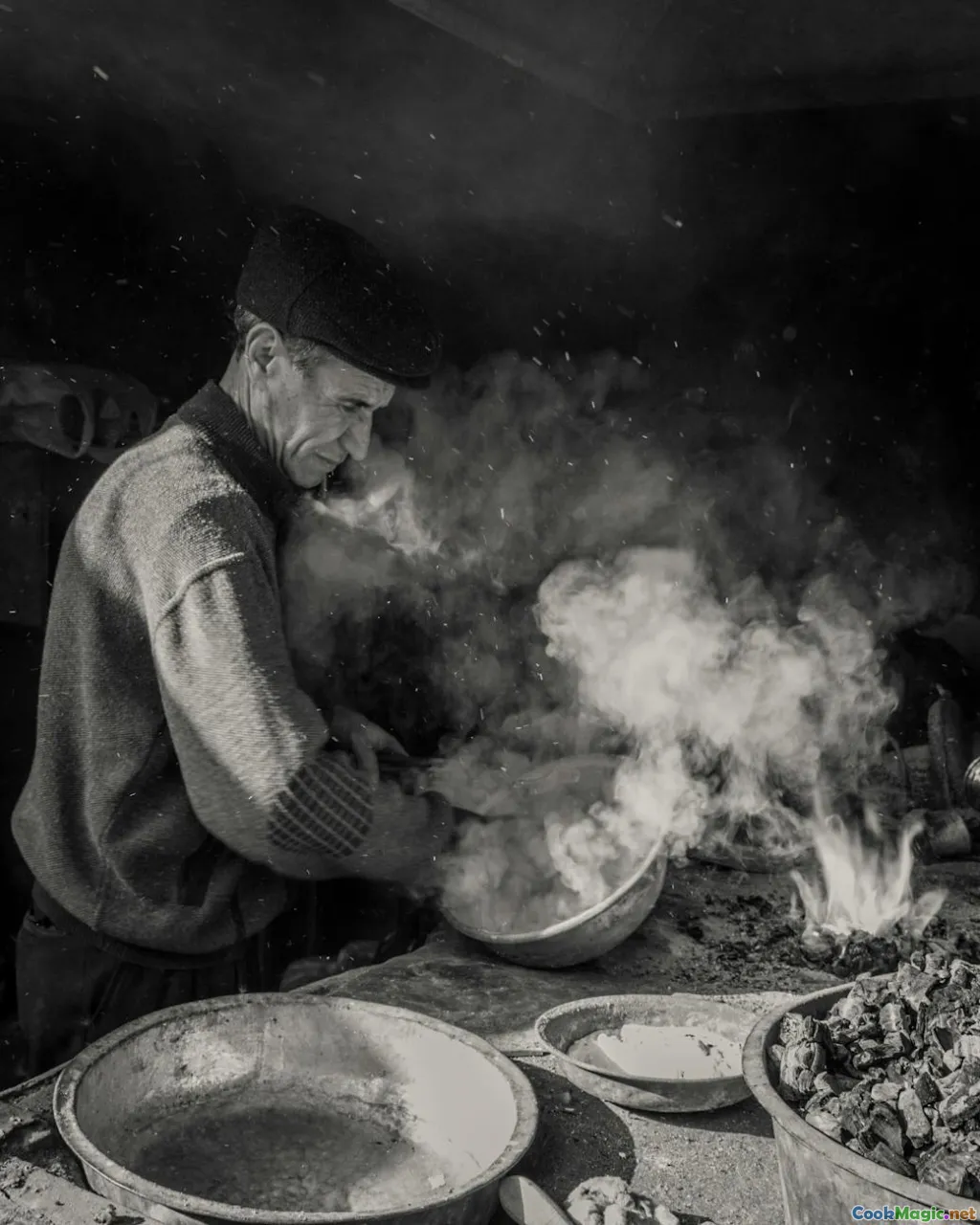
Authentic integration is vital for respectful representation. Urban chefs are increasingly collaborating with Indigenous elders and knowledge holders—learning the stories behind ingredients, the correct harvesting methods, and traditional preparation techniques.
Incorporating story-telling elements into the dining experience deepens the connection. Describe how a dish uses bush tomato for its tang to evoke the red dust plains or how lemon myrtle imparts a fragrant, lemony aroma reminiscent of coastal eucalyptus groves. These narratives enrich the culinary journey, transforming a plate into a portal to land, history, and identity.
Practical Tips for Urban Chefs to Overcome Sourcing Challenges
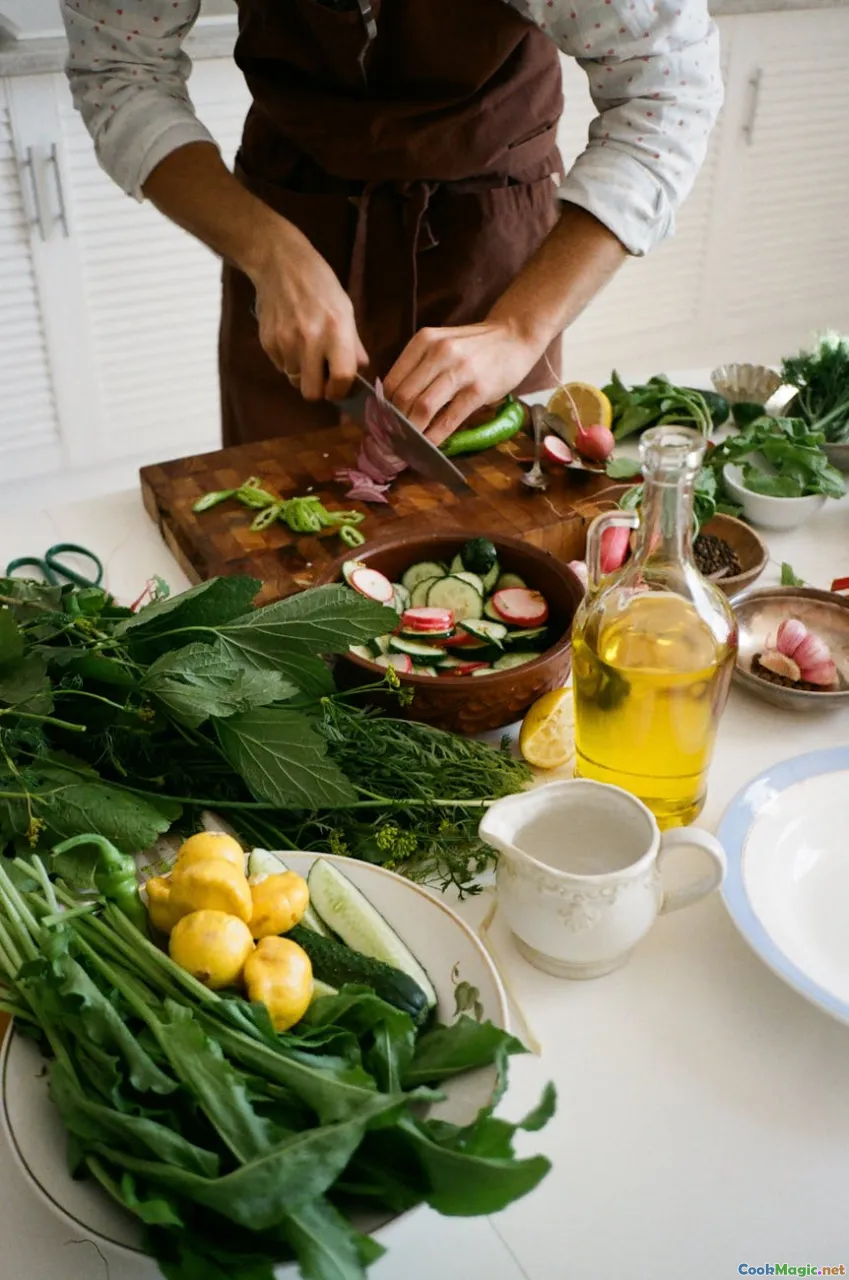
- Build Relationships with Indigenous Suppliers: Establish trusted connections through local Indigenous organizations and cultural centers. This ensures ethically sourced ingredients and supports community-led initiatives.
- Educate and Train Staff: Foster a team familiar with native ingredients—training in identification, handling, and cultural significance promotes authenticity.
- Prioritize Sustainability: Opt for cultivated sources when possible. Developing native ingredient gardens on-site reduces dependence on wild harvests.
- Stay Informed on Regulations: Keep abreast of legal requirements and develop partnerships that facilitate smooth procurement.
- Experiment with Preservation Techniques: Utilize drying, freezing, and pickling to extend the versatility and availability of these ingredients.
The Future of Native Ingredients in Urban Australian Cuisine

Looking ahead, as awareness and respect grow, native ingredients will become a defining feature of Australia’s culinary identity. Chefs will continue to innovate, blending traditional knowledge with modern techniques—crafting dishes that are both authentic and avant-garde.
Delivering native ingredients from the wild to the plate requires perseverance, cultural sensitivity, and a passion for storytelling. When these elements align, the result is a cuisine rooted deeply in land, history, and heart—an authentic Australian narrative told through every bite.
In embracing these challenges, urban chefs are not only enriching their culinary repertoire but also contributing to the preservation of Australia’s indigenous cultures, ensuring that these precious flavors continue to resonate for generations to come.









